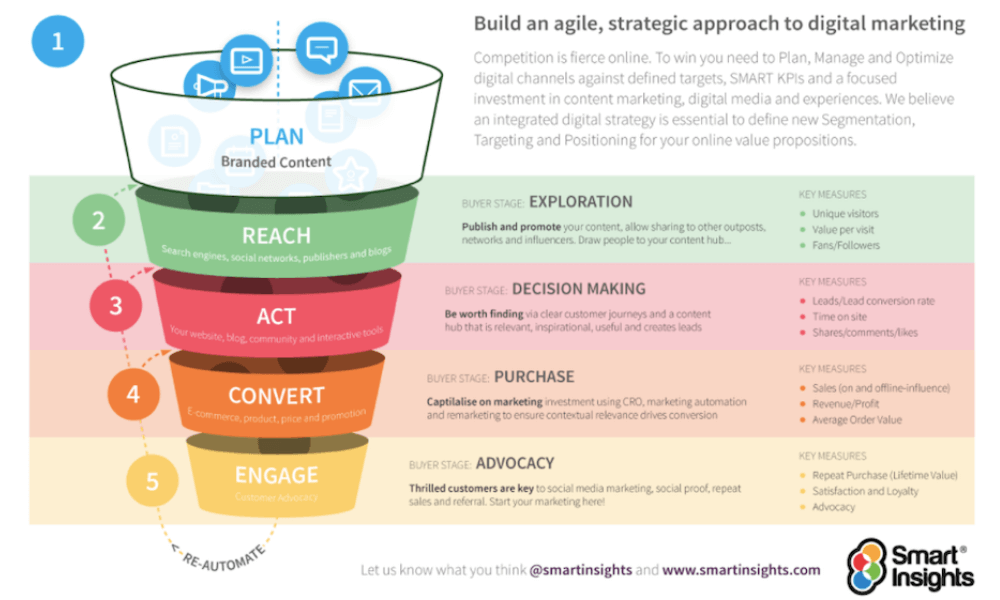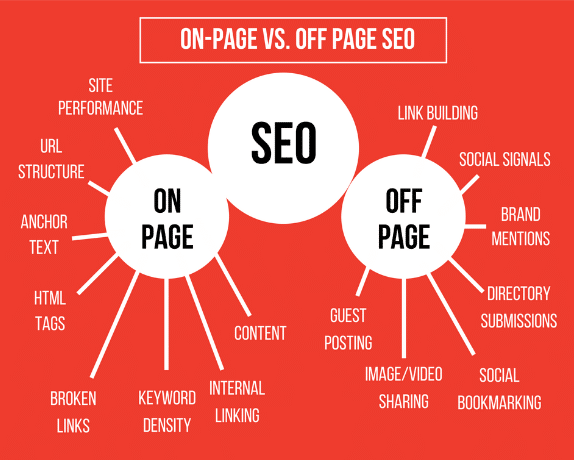Actionable Web Analytics Tracking: Using Data to Make Smart Business

What Are Web Analytics tracking and Why Are They Essential to My Business?
Web Analytics is a fairly broad term; it encompasses a lot of statics and data about how your brand is represented on the internet, and most importantly, how your customers interact with your brand (or lack of interaction). Web Analytics are meant to be used for optimizing your website traffic and in the end improving ROI. In this blog I will walk you through the steps of understanding you web analytics and provide a few tips on how to optimize your traffic.
 The First Step: Collect Your Data
Gathering the data on your web traffic can be fairly simple. The easiest way to monitor this is through Google Analytics. By setting up a tracking code on your site, Google Analytics will track your visitors through their visit on your website. While Google Analytics can provide basic input on your traffic, very detailed and relevant information takes a bit more effort. Setting up goals and events will provide you with even more information and using other services to track social presences and more in-depth tracking can be cumbersome.
Step 2: Measurement
There are hundreds of units of measurement for web analytics, I will just go over a few on the KPI’s most marketers refer to:
The First Step: Collect Your Data
Gathering the data on your web traffic can be fairly simple. The easiest way to monitor this is through Google Analytics. By setting up a tracking code on your site, Google Analytics will track your visitors through their visit on your website. While Google Analytics can provide basic input on your traffic, very detailed and relevant information takes a bit more effort. Setting up goals and events will provide you with even more information and using other services to track social presences and more in-depth tracking can be cumbersome.
Step 2: Measurement
There are hundreds of units of measurement for web analytics, I will just go over a few on the KPI’s most marketers refer to:
• Conversions: This metric refers to the number of people take an action that you deem a conversion. In the most traditional sense this means someone who purchases an item/s from your site. While not all sites are e-commerce and some believe that other actions contain value for them (such as form submissions) conversions can come in many forms. Conversions are generally the most important because they bring the most value whether it be monetarily or branding.
• Visitors: Tracking the people who enter your site can reveal a great deal of insight. Track which pages get the most visits, what time of day vs. month do people come to your site? Understanding your visitor is probably one of the most important elements of marketing in general.
• Bounce Rate: This statistic refers to visitors who only view a single page on your website and leave without visiting any other page. This is important to view as a separate number for each page and not as a site as a whole to fully understand which pages are engaging your customers. Keep in mind that blogs, informational pages, and contact pages tend to have high bounce rates because users get the information they were looking for.
• Time on Site: Similar to bounce rate, time on site should be viewed by page to understand where your users interact most with your site. It can help you understand how engaged and interested visitors are in your content. This will also help you understand how relevant your information is to your visitors. Step 3: Analysis Analyzing your data could be a whole book but to sum things up: compare compare compare. Take a look at your data over time, look for trends, create your own charts to manipulate the data, and use the tools that already exist to help you. Google Analytics provides quite a few tools for manipulating the data and viewing different time frames. Make sure you segment your data into some targets or groups for the most relevant and correlated information. Once you’ve spent some time looking through your analysis and drawing some conclusions, don’t stop there. Take risks, test out your ideas and implement changes to help grow your web presence. Knowing your customer is just the first step, change to better their experience and you will truly begin to see success. By Mike LaLonde Author Bio: Mike has been running online marketing campaigns for over 10 years. His education in Economics and MBA focusing in Finance and Marketing helps him apply quantitative analysis to online campaigns. With considerable experience in web analytics, Mike heads the team of Google Analytics Experts over at Londes Digital Marketing.
 The First Step: Collect Your Data
Gathering the data on your web traffic can be fairly simple. The easiest way to monitor this is through Google Analytics. By setting up a tracking code on your site, Google Analytics will track your visitors through their visit on your website. While Google Analytics can provide basic input on your traffic, very detailed and relevant information takes a bit more effort. Setting up goals and events will provide you with even more information and using other services to track social presences and more in-depth tracking can be cumbersome.
Step 2: Measurement
There are hundreds of units of measurement for web analytics, I will just go over a few on the KPI’s most marketers refer to:
The First Step: Collect Your Data
Gathering the data on your web traffic can be fairly simple. The easiest way to monitor this is through Google Analytics. By setting up a tracking code on your site, Google Analytics will track your visitors through their visit on your website. While Google Analytics can provide basic input on your traffic, very detailed and relevant information takes a bit more effort. Setting up goals and events will provide you with even more information and using other services to track social presences and more in-depth tracking can be cumbersome.
Step 2: Measurement
There are hundreds of units of measurement for web analytics, I will just go over a few on the KPI’s most marketers refer to: • Conversions: This metric refers to the number of people take an action that you deem a conversion. In the most traditional sense this means someone who purchases an item/s from your site. While not all sites are e-commerce and some believe that other actions contain value for them (such as form submissions) conversions can come in many forms. Conversions are generally the most important because they bring the most value whether it be monetarily or branding.
• Visitors: Tracking the people who enter your site can reveal a great deal of insight. Track which pages get the most visits, what time of day vs. month do people come to your site? Understanding your visitor is probably one of the most important elements of marketing in general.
• Bounce Rate: This statistic refers to visitors who only view a single page on your website and leave without visiting any other page. This is important to view as a separate number for each page and not as a site as a whole to fully understand which pages are engaging your customers. Keep in mind that blogs, informational pages, and contact pages tend to have high bounce rates because users get the information they were looking for.
• Time on Site: Similar to bounce rate, time on site should be viewed by page to understand where your users interact most with your site. It can help you understand how engaged and interested visitors are in your content. This will also help you understand how relevant your information is to your visitors. Step 3: Analysis Analyzing your data could be a whole book but to sum things up: compare compare compare. Take a look at your data over time, look for trends, create your own charts to manipulate the data, and use the tools that already exist to help you. Google Analytics provides quite a few tools for manipulating the data and viewing different time frames. Make sure you segment your data into some targets or groups for the most relevant and correlated information. Once you’ve spent some time looking through your analysis and drawing some conclusions, don’t stop there. Take risks, test out your ideas and implement changes to help grow your web presence. Knowing your customer is just the first step, change to better their experience and you will truly begin to see success. By Mike LaLonde Author Bio: Mike has been running online marketing campaigns for over 10 years. His education in Economics and MBA focusing in Finance and Marketing helps him apply quantitative analysis to online campaigns. With considerable experience in web analytics, Mike heads the team of Google Analytics Experts over at Londes Digital Marketing.







